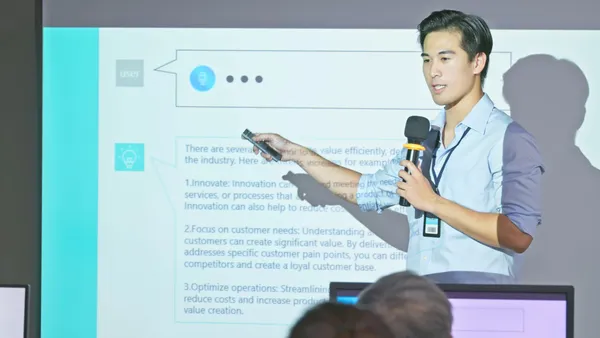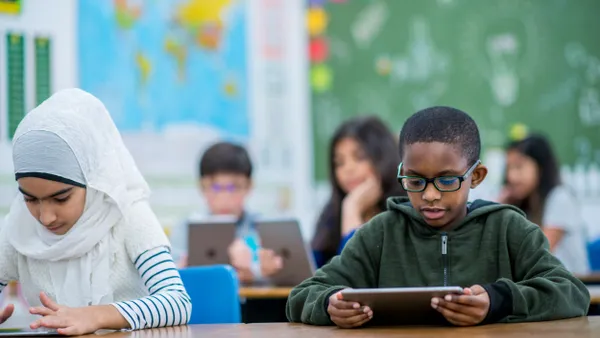Dive Brief:
-
Developing a district-wide social media policy is important, but challenging — requiring an approach flexible enough to adapt to changing trends and thorough enough to address difficult scenarios involving students, staff and faculty, District Administration reports.
-
A district communications director is the natural go-to person to launch this project, in instances where that role exists, and the policies should focus on behavior rather than technology used.
-
At the school level, focus must be on monitoring how social media affects on-campus behavior and learning — with cyber-bullying that takes place off-campus, for instance, addressed if it affects at-school learning — while district policies should include expectations and guidelines for teachers’ use of personal accounts that include interactions with students and how they use social media in their daily lives.
Dive Insight:
Learning to utilize social media can be a daunting task fraught with the potential for flubs and even major missteps. But avoiding social media all together may be the biggest mistake of all.
Creating strong policies will encourage responsible behavior by students, staff and faculty. Setting the guidelines can begin by stressing the importance of personal responsibility and outlining the boundaries of communication between staff and students, as well as families, on social media. Kristin Magette's "Embracing Social Media: A Practical Guide To Manage Risk And Leverage Opportunity" is a good resource when tackling this process.
The social media policy shouldn't focus only on the problems, however. It can also address how to best use each of these platforms to spread good news from the district level all the way down to individual classrooms, instructing teachers how to best connect with parents, students and other education professionals.
Monica Burns, an ed tech and curriculum consultant who founded the Class Tech Tips service, told District Administration article that Facebook posts, for example, should include a clear message or call to action. Use of the tagging function encourages individuals to spread the message. A picture, meanwhile, says 1,000 words, and that’s where Instagram comes in. While Twitter is also a good option and can be an excellent way to spread information about the classroom to other professionals in the industry, many parents don’t follow it. Some teachers also use it to connect their students to classrooms on the other side of the world.







 Dive Awards
Dive Awards






